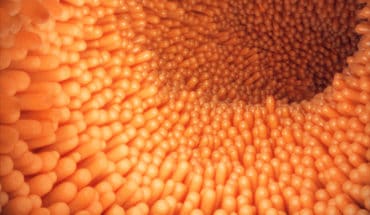People with type 1 diabetes, which is a lifelong autoimmune condition which means that the body is unable to produce insulin, are already benefiting from emerging technologies which make it easier for them to manage their condition and stay healthy. The tried-and-tested method of intermittent blood glucose testing has now been superseded by continuous glucose monitoring technology.
The tried-and-tested method of intermittent blood glucose testing has now been superseded by continuous blood glucose monitoring technology.
People with type 1 diabetes who experience recurrent or severe hypoglycaemia can have needles inserted under the skin to sense glucose levels in the subcutaneous tissue in real time.
NICE guideline NG17, published at the end of 2015, give guidance as to which adult patients will benefit from these continuous monitoring devices. The NHS is catching up with the recommendations. Finger prick testing is still the norm, but continuous glucose monitoring is gradually being introduced in different centres around the country.
This year, the first fully implantable glucose monitor has been licensed. The Eversense CGM System, which is implanted a bit like a contraceptive device, lasts for three months before it needs to be replaced and streams continuous glucose data to your smart phone. The data can be monitored by clinicians as well as the user and any fluctuations can be treated with doses of insulin. We are still looking at the costing structure but we are hopeful that Eversense devices can be used by people on the NHS if they are cost effective.
Another drug breakthrough is the development of Novo Nordisk’s Fiasp, Faster Insulin Aspart.
Another drug breakthrough is the development of Novo Nordisk’s Fiasp, Faster Insulin Aspart.
This faster-acting insulin helps to address a problem that has affected people with type 1 diabetes who all need to take insulin before meals. In the past, insulin took 10-15 minutes to be absorbed, reaching peak concentration around 45 minutes after it was injected. This meant tricky time juggling to ensure that the insulin was effective at the appropriate point when blood sugar levels rose. People had to inject their insulin dose a precise period before the meal and hope that they kept to the timetable. A delayed first course in a restaurant or eating low glycaemic load porridge could mean a ‘mismatch’ between available insulin in the bloodstream and circulating glucose.
Fiasp is faster ‘on’ and faster ‘off’ so it is detectable in the bloodstream 5-10 minutes after injection and reaches peak concentration within 25 minutes, rapidly disappearing after it has done its job. From a lifestyle point of view, Fiasp will vastly improve things for people with type 1 diabetes who want to be able to grab a sandwich or enjoy an unexpected treat since they can take it at the same time as eating.
I think Fiasp is a very exciting development and it will be available to prescribe for people with type 1 diabetes very soon.
Stem cell therapy to create glucose-responsive insulin secreting cells to replace those which have been destroyed is also an exciting area of research. I think there are still questions to answer such as, can we make sufficient volumes of cells which are stable and don’t fail? I think these therapies are still a long way off, but they are interesting areas of research.
- Emerging technologies in diabetes - 8th March 2017







